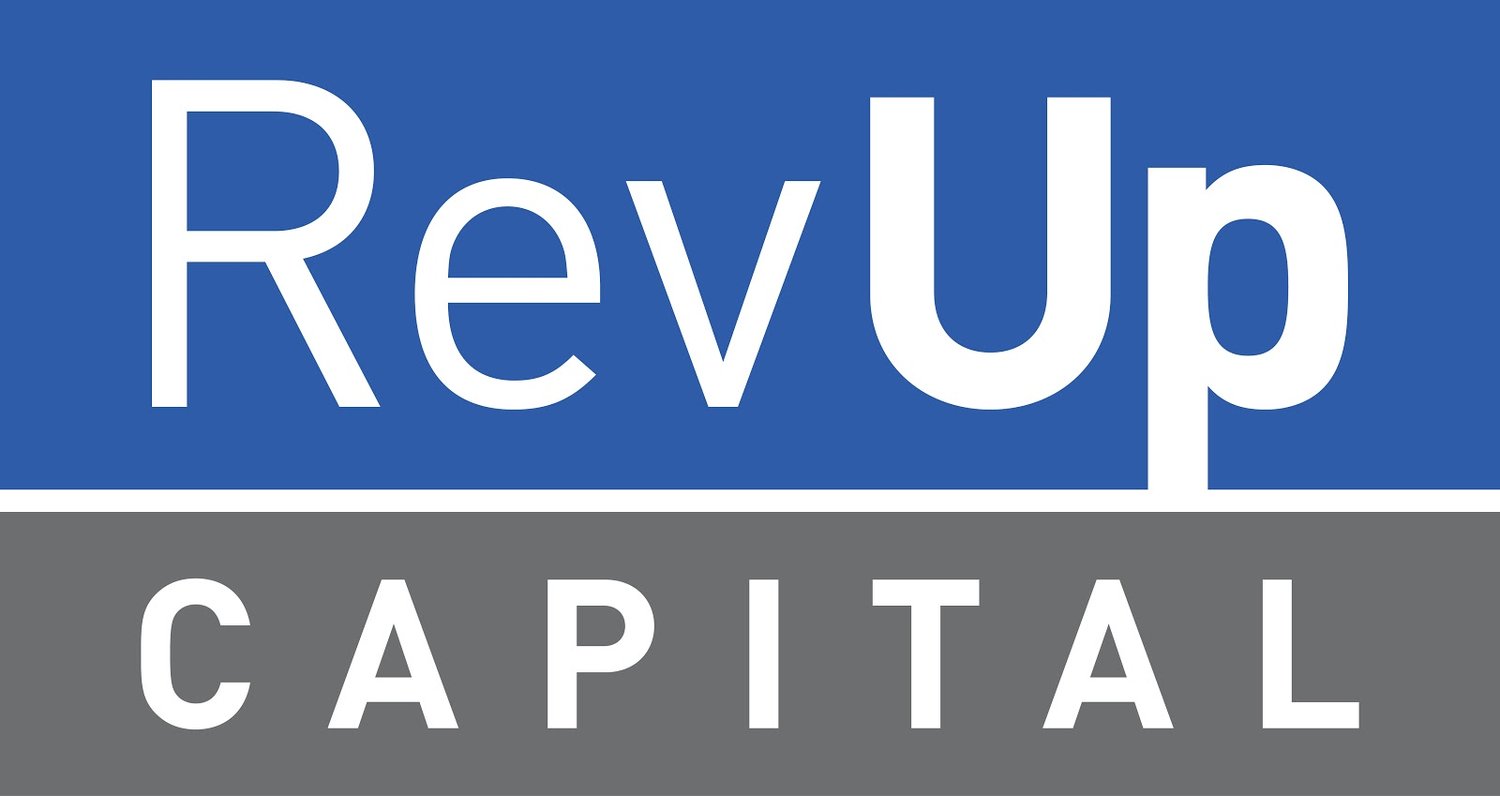What Data Tells Us About Fund Size and Performance
Carta’s Peter Walker recently dropped some data comparing the performance of small versus large funds. Spoiler alert: small funds tend to outperform their bigger counterparts—at least on paper.
Carta looked at 1,200+ US VC funds across two size tiers—$1M–$25M and $100M–$250M—and found that the smaller funds consistently posted higher top-decile (90th percentile) marks for net IRR and TVPI. Their takeaway? Small funds can deliver outsized returns.
But (and it's a big but) this isn't the whole story.
The real question is, are you going to pick the right one?
Matching Top-Decile Returns—With Less Risk
At RevUp, we don't run a traditional VC fund. We invest in revenue-driven companies and structure returns around revenue growth, not exits. So why did a data drop on fund size catch our attention?
We’ve long leaned into a model that uses smaller fund structures, resisting pressure to “size up” and going against the common wisdom that bigger is always better.
Common wisdom is not always supported by the data. As was the case here. Peter’s analysis was an affirmation of what we’ve seen for years: small funds can perform, and even outperform larger funds.
The trick? Picking the right one can be like finding a needle in a haystack.
Thousands of small VC funds are out there, but the odds of any of them landing in the top decile are slim. The power law drives venture returns, which means a few big wins carry the whole portfolio. Miss those wins? The whole fund lags.
Here's where RevUp stands apart.
From 2018 to 2022, our funds delivered a blended IRR on par with top-decile small VC funds. But unlike those funds, we've already distributed a significant portion of returns back to investors. Our DPI (Distributed to Paid-In Capital) exceeds that same benchmark.
Translation? We've actually returned cash to LPs, while many of those VC funds are still years away from turning TVPI (Total Value to Paid-In Capital) into real liquidity.
Equivalent Returns, Less Risk, Sooner
Let's talk about TVPI. Carta's data shows higher TVPI in small VC funds, which makes sense—they're still holding unrealized value, waiting for exits that could be 5–7 years (or more) down the road. That's how the VC game works: you park your capital and hope a big win materializes.
RevUp? We structure returns differently. Our revenue-based investments produce cash flow back to investors via dividends. No waiting for a mythical exit. We prioritize resilient, revenue-generating companies that deliver steady performance—not lottery-ticket outcomes. (Video: The Upsides of Investing Beyond Unicorns)
Consistency Beats the Power Law
Because we aren't reliant on the power law, we're much more likely to deliver consistent performance. No hunting for unicorns or outliers. No praying for market timing. Just repeatable returns. (Video: How we select companies for investment)
So yes—small VC funds can outperform. But the better question for investors is:
Do you want to chase uncertain outliers—or invest in consistent returns with less risk and faster liquidity?
We know where we stand.
To learn more about RevUp and our most recent fund, visit https://www.revupfund.com/blog/athena-growth-fund-2025
